Here’s a fun fact: arcades in the West are dying out.
Hold on, that’s not a fun fact at all. It’s a horrible fact. Arcades have been home to some of the most innovative gaming experiences over the last forty years or so, and now they’re gradually disappearing from our streets. I get excited whenever I see a big “AMUSEMENTS” sign on the street, but that only enhances my disappointment when I look inside and see that it’s full of nothing but fruit machines (and almost no people, in my experience).
In Japan, arcades are alive and well, though they’re evolving and changing with the times. They frequently have a variety of pachinko machines and other such unfathomable items alongside the traditional arcade machines (and the not-so-traditional; see my post on Ten Weird Arcade Games You’ve (Probably) Never Played), enabling them to move with the times and stay relevant. It’s also worth noting that Japanese gaming habits are different from those in the West, for various reasons that I won’t waffle on about here, but the upshot is that in Europe and the USA, arcades are faring a lot worse.
A few months ago I wrote about The Evolution of the Arcade Machine, taking a look at some of the most important games in the long history of arcade machines. We’ll be taking another look at a couple of those machines today, but also a few alternatives, as we explore arcade history and some of the most important machines that you should experience. These machines are still around, but they won’t be forever. Emulation, multi-play arcade cabinets and even original cabinets in the home mean that you’ll still be able to play the games, but maybe not in their original formats, and certainly not in a dingy, loud and grubby amusement arcade, which is how nature intended them to be played.
In my opinion, no-one can call themselves an arcade gamer until they’ve played all of the following.
Time Crisis series
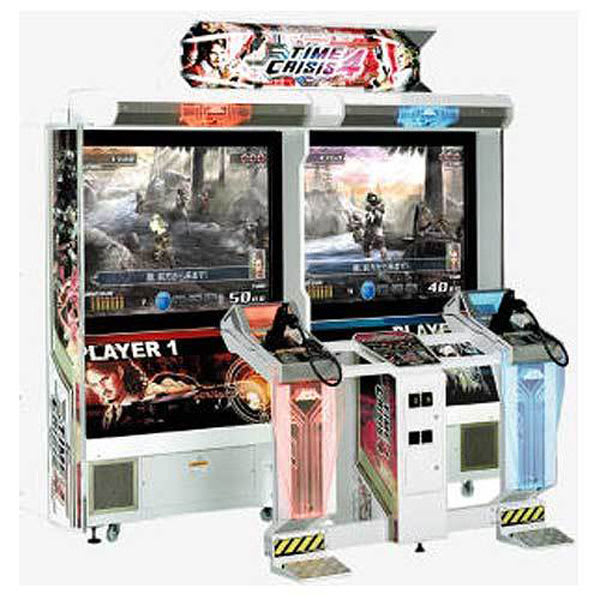
The Time Crisis series has been running since 1995, and is pretty much the epitome of the light gun genre. Although light gun games existed before, they were just an exercise in reflexes and accuracy, and while Time Crisis encapsulates that too, the element of strategy involved with ducking and hiding elevates it as a game concept.
Simply, the machine features a pedal which allows you to decide when to stand and shoot, and when to duck and hide, giving it a tactical element that’s missing from most other games. It also makes you reflexively duck and swerve as you play, giving everyone around you a great laugh as you act the fool but don’t even care.
You should play it in the arcade because:
Although it was ported to home consoles, there’s no substitute for playing on a huge screen with a friend, ducking and shooting and swearing at each other while the noise of the arcade adds to the adrenaline.
Pac-Man
What can be said about Pac-Man that hasn’t been said before? It’s a quintessential arcade game. You’ve probably played a version of it somewhere, somehow - ported onto a home console, in a browser, on your phone, etc. The arcade experience, however, is unmissable.
Playing with infinite lives or credits, however, makes it a cheapened, watered-down gaming staple. Pac-Man is the original chase game, with the see-saw balance mechanics between running from ghosts and chasing them down with a Power-Up, and the thrill of losing your 20p with just the tiniest mistake is what keeps the blood pumping. To kids today (oh wow, did I really just use that phrase?), Pac-Man is probably antiquated and absurdly simple, but that’s what not only gives it charm but makes it one of the purest experiences an electronic game can provide.
You should play it in the arcade because:
Only in a public arcade can you experience the thrill of people around you leaning in to see your score, gasp as you narrowly avoid a ghost and commiserate when they finally get you. Unless you’re a master and you reach the fabled kill screen.
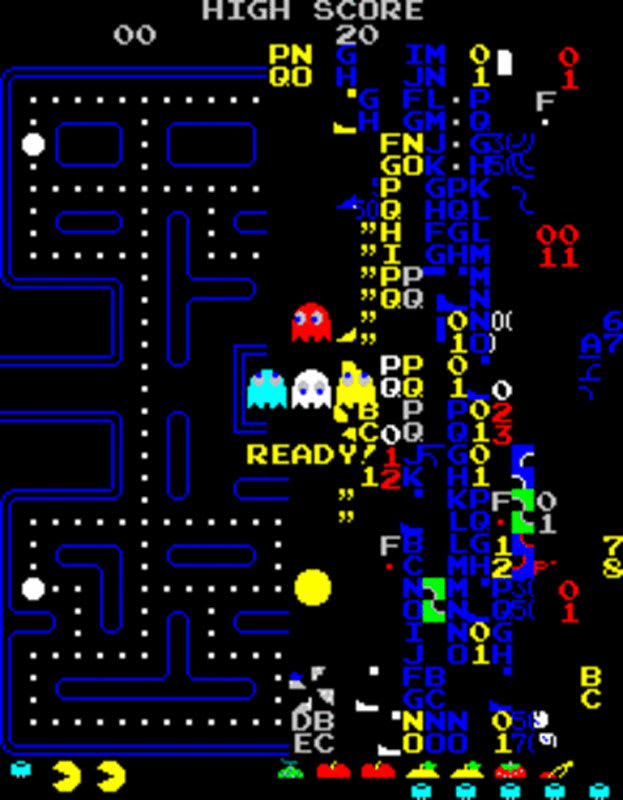
Out Run series
I know what you’re thinking. “Oh yeah, he’s going on about Out Run AGAIN”. Well, yes I am, and there’s a reason for that. To my mind, Out Run is the absolute pinnacle of arcade history.
The mid- to late-Eighties was a magical time for arcade gaming. We’d moved past the stage at which manufacturers were still trying to cope with just basic sprites and tiny amounts of RAM, and reached the point at which they were seeing what could be done and how new experiences could be engendered by new hardware. Yu Suzuki, the creator of Out Run, classified it as a “driving game”, rather than a more traditional “racing game”, by which I guess he either means that he was trying to make a complete driving experience in an arcade game, or his translator was having a bad day.
The sequels are also very much worth looking up: Turbo Out Run and Out Run 2. If you can find Turbo Out Run in the arcade, hug it and cherish it. Then play it. Don’t touch any of the home versions except for the Commodore 64 version, though.
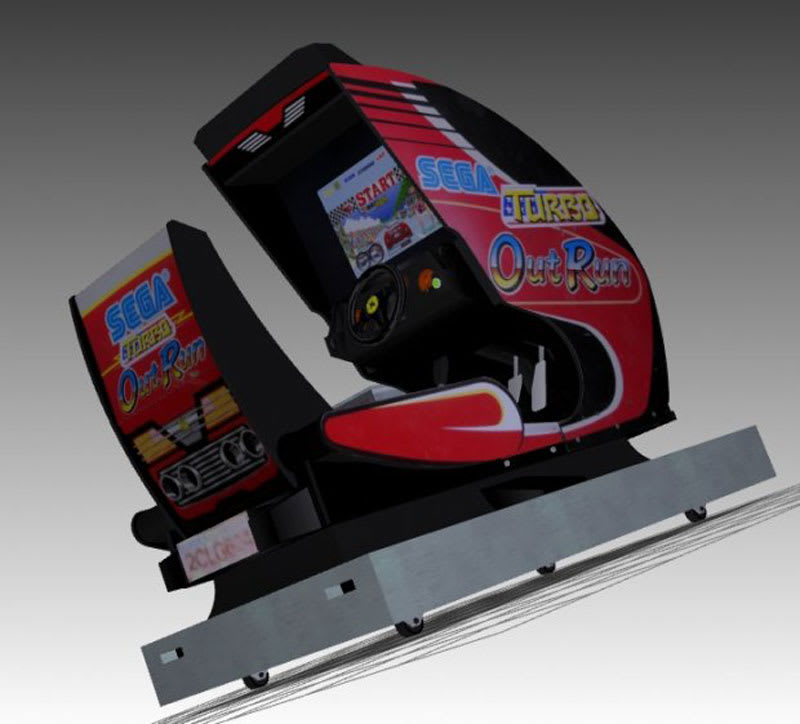
You should play it in the arcade because:
The cabinet is beautifully crafted, especially the moving versions. The music is beautiful (yes, of course I had to mention it). Surrounded by the hustle and noise of other arcade games, it still cuts through and demands to be played.
The House of the Dead series
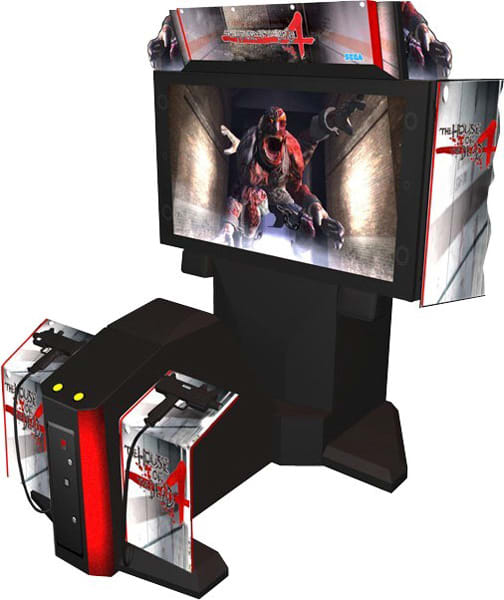
Another shooting game, and another SEGA game at that. Not content with Out Run, they also managed to make the delightfully tongue-in-cheek and over-the-top (and other three-word-adjective constructions) The House of the Dead.
This is one of the more likely machines to still appear in arcades, which partially seems to be due to its high-quality construction, but also because shooting zombies in the head never gets old as a gaming concept. I have a personal preference for The House of the Dead 4, but all of the games have the same premise: terrible voice acting and script, absurd plot, and hordes of shambling, moaning zombies that need to be shot.
Although it’s not quite so tactical as Time Crisis, The House of the Dead focuses on what makes arcade gaming great: a pure experience unfettered by complex controls, boring plots (you can skip all the story scenes anyway) or lengthy tutorials. Just point the gun and fire.
I’ve mentioned The Typing of the Dead before, but other spin-offs included The Pinball of the Dead and English of the Dead (a Japan-only game designed to teach you English through the fairly non-traditional medium of zombies). This is not a game that takes itself too seriously.
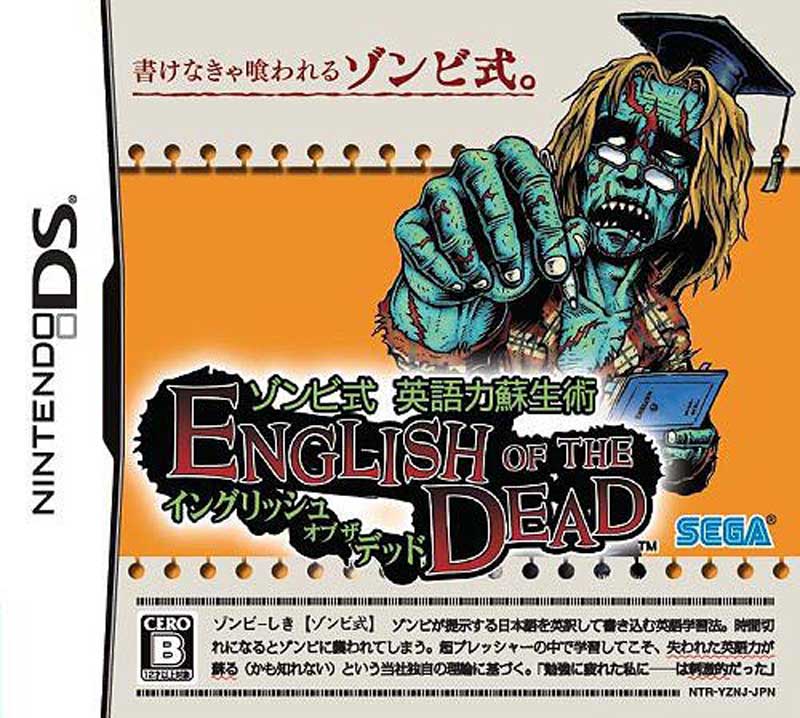
You should play it in the arcade because:
Pick up the Player 1 gun and put in your credit, and before long you’ll have a second player wander over to join you. Even if it’s someone you’ve never met, within seconds you’ll be the best of friends, covering each other and shooting monsters together. That just doesn’t happen with the home versions.
Space Invaders
Well, it’s Space Invaders, isn’t it? You know, the game that spawned a thousand clones, that changed arcade gaming forever, and that got ported to every single device with at least one microchip (even a digital watch).
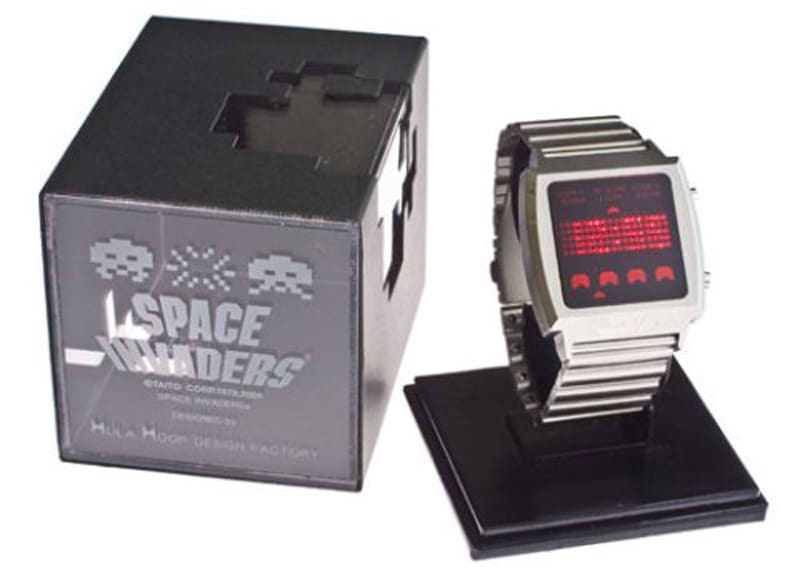
If you haven’t played Space Invaders by now, you’re either so young you must have just learned to read, or you’ve been living in a cave for your whole life, or you have some sort of resistance to fun. Whichever it is, I don’t think we can be friends.
Incredibly, Japan experienced a shortage of 100-yen coins as a result of this game, forcing the Dokuritsu Gyosei Hojin Zoheikyoku (or Japan Mint, to you) to make more. I suspect Taito employees in 1978 were probably paid in 100-yen coins, but no-one else in the country had any.
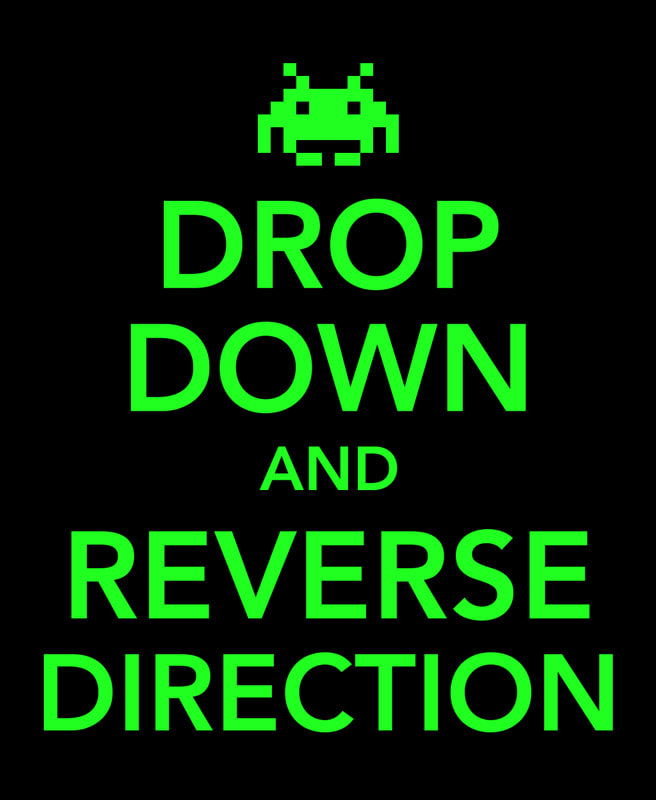
You should play it in the arcade because:
Because everyone else played it in the arcade, basically. As a home console game it now seems simplistic, unoriginal and tired, none of which it was in 1978. Even getting your own arcade machine at home doesn’t quite compare (though it’s a close thing). The feeling of freshness can only be recaptured in a traditional arcade, surrounded by other ancient and wonderful machines, such as Pong, Asteroids and Donkey Kong (more on that in a minute. Spoilers, I know).
Also, my dad once managed to get unlimited free plays on a Space Invaders machine by rubbing his feet on a carpet to charge up static, and then touching the side of the machine. You don’t get that with your modern, fancy arcade machines.
Dancing Stange/Dance Dance Revolution series
I don’t have any evidence to prove it, but I personally believe that Dance Dance Revolution (or Dancing Stage if you’re European), helped arcades to stay alive for longer in the West than they would have without it. Very soon after its release, there was a DDR machine, or an imitation, in every arcade around, and they all featured something that no other arcade machine had really seen for some time: a crowd of spectators.
In the early days of arcade gaming, everything was new and different. Pong malfunctioned because it got so stuffed full of coins, but by 1998 most everything, it seemed, had been done to the point of saturation. Then DDR arrived, and arcade-goers once again saw that new and unique experiences could be had in public arcades, that just weren’t available on home consoles (for a while, at least).
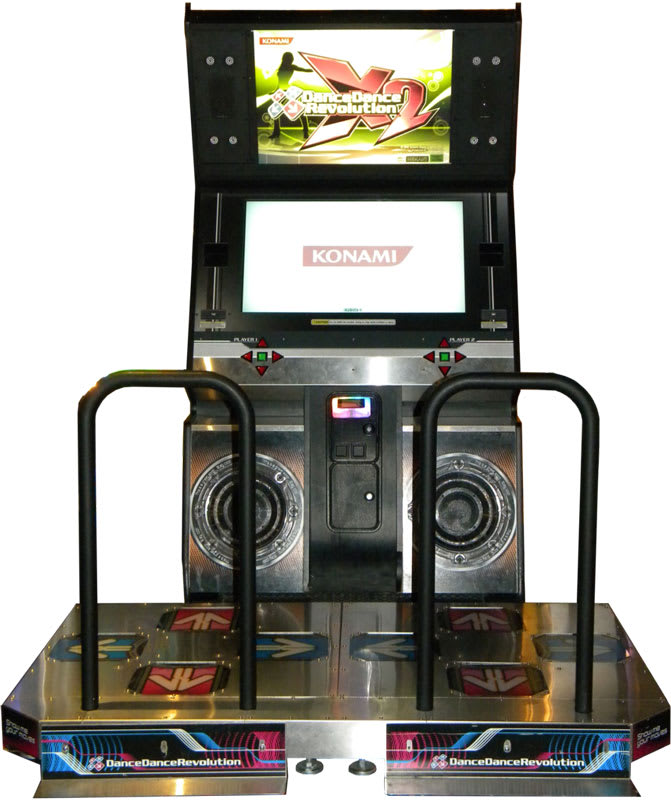
How can you resist jumping on for a turn, or even just watching people make a fool of themselves for your benefit?
You should play it in the arcade because:
No other game can make you look such a fool and yet so talented at the same time, depending on your point of view. Modes involving both sets of foot pads, played by a single player dancing across the entire machine, are a thing of strange and nerdy beauty to behold.
Donkey Kong
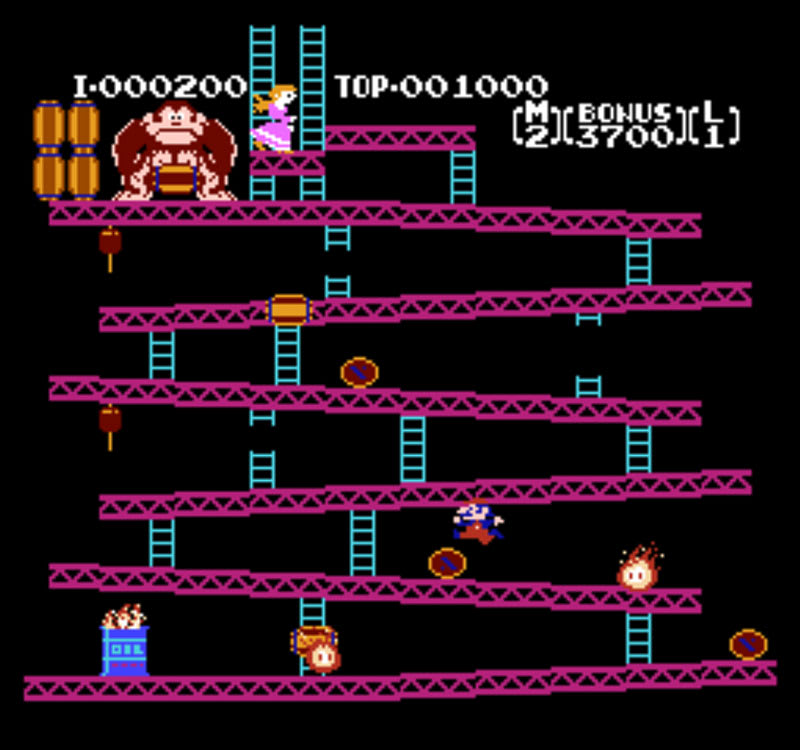
Donkey Kong’s high-score record is still fiercely contested today, 33 years after its release. As classic games go, this is the one that seems to inspire the most devotion, dedication and obsession. You already know the game, I’m sure, so here’s a little anecdote from its early days.
MCA Universal (the film studio) attempted to sue Nintendo and get all copies of the game destroyed, due to the game’s similarity to “King Kong”. In a shocking display of stupidity, it was then revealed that Universal didn’t even own the rights to King Kong, and in fact had argued and proved in a previous lawsuit that King Kong was public domain. Nintendo claimed $1.8 million in damages, and gave their lawyer a sailboat named “Donkey Kong” with the exclusive rights to use the name for sailboats. Classy guys, Nintendo.
This machine, responsible for more than a few of my 10p coins as a child, managed to propel both Super Mario and Steve Wiebe to fame. Mario is now the world’s biggest-selling games franchise, and has been the most recognisable game character of all time (though that honour seems to flit back and forth between him and Pac-Man). That’s quite a legacy.

Poor old Sonic.
You should play it in the arcade because:
You might find yourself the subject of a feature-length documentary, charting your frustrations and successes in the competitive video games world. Or you might just find yourself playing a classic game the way it was meant to be played. Either way, you’re winner.
Street Fighter series
The granddaddy of fighting games, Street Fighter II gave an entire generation of arcade gamers RSI, caused countless arguments over whether Ryu or Ken is better and how you even pronounce Ryu, and most importantly engendered a feeling of competition that was otherwise lacking from many fighting games.
“Winner stays on”. Some pubs will have this informal rule in place for pool tables, and Street Fighter II enforced it by letting one player continue to play against the computer until an opponent put in their money (usually a few seconds after the last player was defeated). With this simple gameplay mechanic, Street Fighter II became the game that always had a queue, and whether there was one guy at the machine taking down all comers, or a constant rotation of players, the tension was always palpable.
The series has had countless iterations, though numerically it’s only reached Street Fighter IV, and still sees competitive play to this day. Justin Wong and Daigo’s fight in Street Fighter III has reached levels of internet fame previously reserved for sneezing pandas and cats who like cheeseburgers:
Even if you don’t understand what’s happening in the video, you can surely appreciate the excitement and elation of the crowd. Fighting games are a supreme test of reflexes and reading your opponent.
You should play it in the arcade because:
While playing on your own is fun, and playing with friends is better, playing a stream of unknown opponents in a public space is completely nerve-wracking and fills you with adrenaline. Even getting destroyed within seconds (as I did in a Japanese arcade when I queued up for a turn) is a unique experience that home gaming just can’t provide.
So, those are eight classic games that, for me, encapsulate the arcade experience. All of them can be played on home consoles (and at least one can be played on a watch), but that seems to be missing the point of the arcades. Competing with strangers, leaning over someone’s shoulder to see them get a high score, and finding a new game that you can play for just 20p: these are the reasons to visit an arcade today, before it’s too late. Seaside towns used to be full of them, but they’re slowly disappearing. Do your local arcade (and your thumbs) a favour, and go now.
If you haven’t already gone, perhaps you’d like to leave me a comment. These eight games are my essential arcade machines, and would all have places in my dream arcade, but what machines would you have? Do you think I’ve missed any that should be played before they’re gone forever? Or do you just want to know what on Earth is going on in that Street Fighter III video? Let me know! You can get in touch with me through the comments below, via Facebook, Twitter, Google +, or email [email protected].
Written By: Dave Morgan